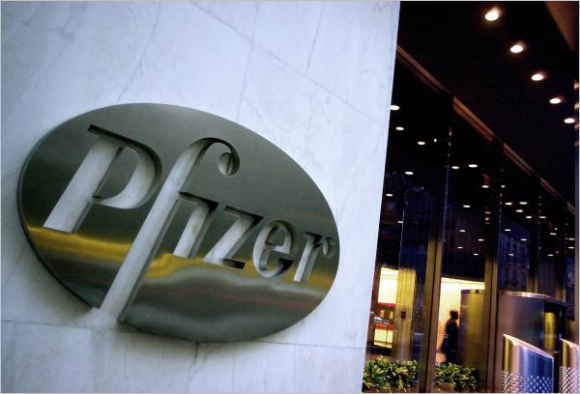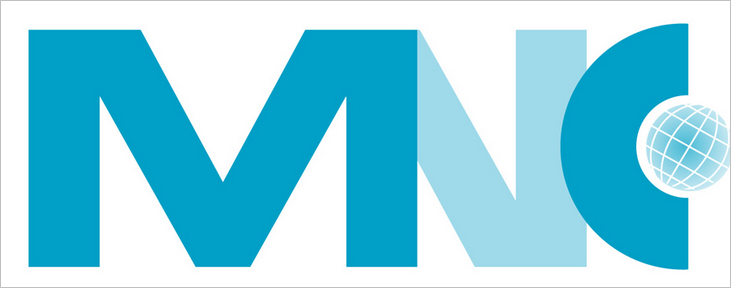Biocon chairperson and managing director Kiran Mazumdar Shaw today
raised concerns that the new government's intention to bring down prices
of essential drugs by 25-40 per cent could deter manufacturing of such
medicines by companies.
After taking charge, Fertilizer and Chemicals Minister Ananth Kumar had stated that he would talk to pharmaceutical companies and try to bring down prices of essential drugs by 25-40 per cent.
"Minister Ananth Kumar's mandate to further reduce drug prices can potentially deter quality drug makers from manufacturing essential drugs," Shaw said on the micro blogging site Twitter.
After taking charge, Fertilizer and Chemicals Minister Ananth Kumar had stated that he would talk to pharmaceutical companies and try to bring down prices of essential drugs by 25-40 per cent.
"Minister Ananth Kumar's mandate to further reduce drug prices can potentially deter quality drug makers from manufacturing essential drugs," Shaw said on the micro blogging site Twitter.
































